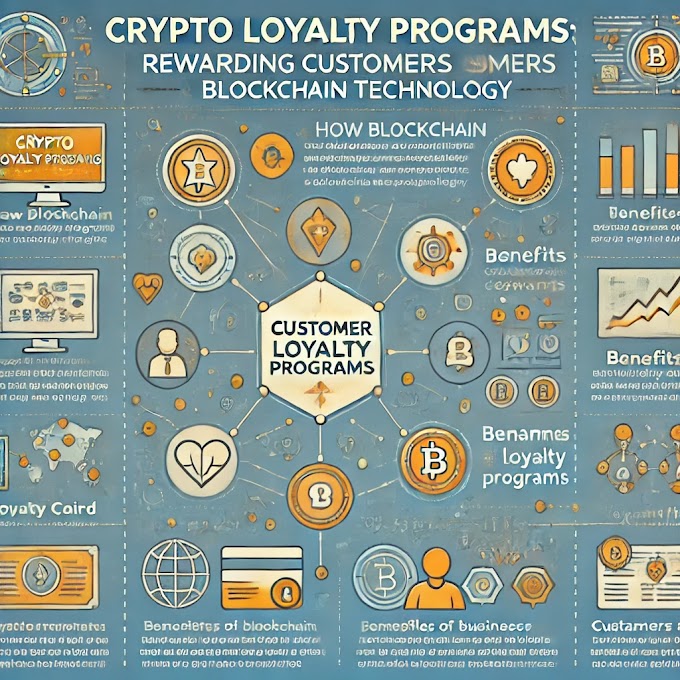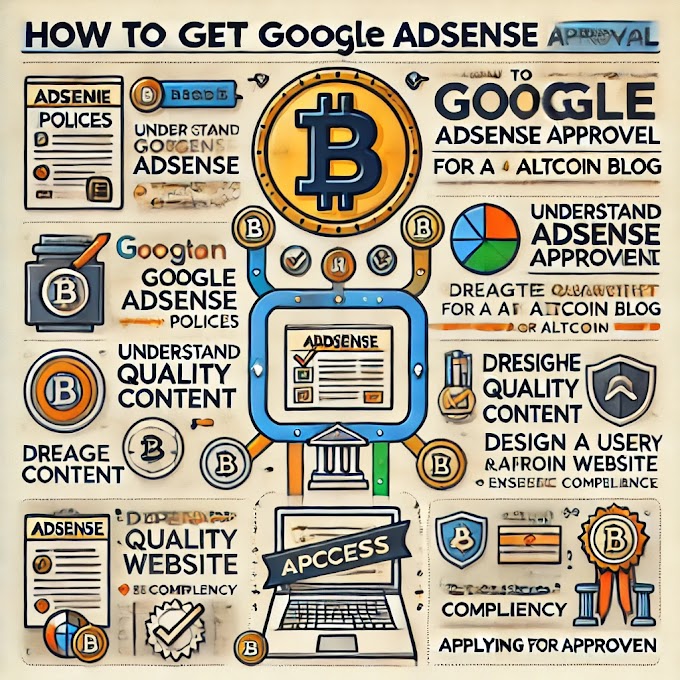Guide to Making Your First Payment from YouTube: From Creating Videos to Monetizing Your Channel
Starting a YouTube channel can be an exciting
journey, but monetizing it and earning your first payment takes time,
consistency, and strategy. This detailed guide covers every step from setting
up your YouTube channel to receiving your first payment, including 15
frequently asked questions (FAQs) and the important YouTube policies you must follow.
Additionally, we explore a wide range of popular niches for your channel.
Step 1: Setting Up Your YouTube
Channel
1.1 Create a Google Account
To get started, you need a Google account.
This is the key to accessing all of YouTube’s tools, including YouTube Studio
and AdSense for monetization. If you don’t have one, visit Google
Account.
1.2 Set Up Your YouTube Channel
Once you have your Google account, sign into
YouTube and follow these steps:
- Click
on your profile icon and select Your Channel.
- Create
a channel name and upload a profile picture and banner. For a more
detailed step-by-step guide, check out YouTube's official tutorial.
1.3 Pick a Niche
Choosing a niche is crucial for attracting the
right audience. Here are some popular YouTube niches to consider:
- Technology
(e.g., gadget reviews, tech tutorials)
- Gaming
(e.g., Let's Plays, game reviews)
- Beauty
& Fashion (e.g., makeup tutorials, fashion
tips)
- Vlogging
(e.g., daily vlogs, lifestyle content)
- Food
& Cooking (e.g., recipe tutorials, cooking
challenges)
- Health
& Fitness (e.g., workout routines, health
tips)
- Education
(e.g., tutorials, language learning)
- Travel
(e.g., destination vlogs, travel guides)
- DIY/Crafting
(e.g., home decor, crafting ideas)
- Business
& Finance (e.g., entrepreneurship tips,
personal finance advice)
- Parenting
(e.g., family vlogs, parenting tips)
- Pets
& Animals (e.g., pet care, animal facts)
- Music
(e.g., music tutorials, performances)
- Automotive
(e.g., car reviews, car repair tutorials)
- Technology
(e.g., gadget reviews, tech tutorials)
- Gaming
(e.g., gameplay walkthroughs, game reviews)
- Beauty
& Fashion (e.g., makeup tutorials,
skincare routines)
- Food
& Cooking (e.g., recipe videos, cooking
challenges)
- Health
& Fitness (e.g., workout routines, health
tips)
- DIY
and Crafts (e.g., home decor, crafting
ideas)
- Travel
(e.g., travel vlogs, destination guides)
The key is to choose a niche you are
passionate about and one that has a viable audience.
Step 2: Creating Quality Content
2.1 Plan Your Content
A content plan ensures you stay consistent.
Develop a strategy that mixes educational, entertaining, and informative
videos. You can create:
- Tutorials:
Teach your audience something new.
- Product
Reviews: Share your opinions on items in your
niche.
- Vlogs:
Share personal stories or experiences.
2.2 Film and Edit Your Videos
Good content isn’t just about the message;
quality matters. Here’s what you need:
- Camera:
Start with a smartphone that records in HD or 4K resolution.
- Microphone:
Use a quality microphone to ensure clear audio.
- Editing
Software: Free options like DaVinci Resolve
or Shotcut work great for beginners.
2.3 Upload Your First Video
To upload a video:
- Go
to YouTube Studio, click Upload Video.
- Add
a title, description, and relevant tags to help YouTube categorize your
video.
- Design
an eye-catching thumbnail to improve your click-through rate (CTR).
Step 3: Building an Audience
3.1 Consistency
Consistency is crucial to growing your
channel. Stick to a regular upload schedule that suits your lifestyle, whether
that’s once a week or bi-weekly.
3.2 Promote Your Videos
Use social media platforms such as Instagram,
Twitter, and TikTok to promote your videos. Collaborating with other creators
in your niche can also boost your visibility.
3.3 Optimize for YouTube Search
YouTube is a search engine, so optimizing your
videos for search (SEO) is important:
- Titles:
Use relevant keywords.
- Thumbnails:
Create clickable and attractive thumbnails.
- Tags:
Use a combination of broad and specific tags to help YouTube understand
the content of your video.
Learn more about YouTube SEO at Neil Patel's
Guide.
Step 4: Monetizing Your YouTube
Channel
4.1 Meet YouTube’s Monetization
Requirements
Before you can make money, you must meet the YouTube
Partner Program (YPP) eligibility:
- 1,000
subscribers.
- 4,000
hours of watch time in the last 12 months.
- A
linked Google AdSense account.
Check YouTube’s Monetization Overview for more
details.
4.2 Apply for the YouTube Partner
Program
Once eligible, you can apply for the YouTube
Partner Program through YouTube Studio. After submitting, YouTube will review
your application, which can take a few weeks.
4.3 Set Up Google AdSense
- Visit
Google AdSense to create an account.
- Link
your AdSense account to your YouTube channel to start monetizing.
Step 5: Earning and Receiving Payments
5.1 Monetization Methods
Once accepted into the Partner Program, there
are several ways to make money:
- Ad
Revenue: Display ads on your videos.
- Channel
Memberships: Offer perks to paying
subscribers.
- Super
Chats: Viewers can pay to highlight their
comments during live streams.
- Merchandise
Shelf: Sell branded merchandise directly
through YouTube.
5.2 Payment Threshold
YouTube pays creators via AdSense once they
reach $100 in earnings. If you don’t meet this threshold in a month, it
will roll over to the next month.
Check Google’s AdSense Payment Guide for more
information.
Step 6: Tracking Your Earnings
6.1 Monitor Your Earnings
In YouTube Studio, you can track your
earnings and analyze the performance of your videos. You can also check your
AdSense account for detailed reports on clicks, impressions, and revenue.
6.2 Scaling Your Channel
Once you start earning, explore additional
revenue streams:
- Affiliate
marketing: Include affiliate links in your video
descriptions.
- Sponsored
content: Partner with brands in your niche for
paid promotions.
YouTube Policies You Must Follow
YouTube has several policies that creators
must comply with to maintain their channel’s good standing. Violating these
policies can lead to demonetization or even the removal of your channel.
1. Copyright Policy
Only upload content that you own or have
permission to use. This includes video, music, and images. If you use third-party
content, ensure it is either in the public domain, licensed, or used with
proper permissions. Learn more about YouTube’s Copyright Policies.
2. Community Guidelines
YouTube’s Community Guidelines are in place to
create a safe platform for all users. Avoid:
- Hate
speech or offensive content.
- Violent
or graphic content.
- Harassment
of other users or creators. For more details, check YouTube’s Community Guidelines.
3. Advertiser-Friendly Content
If you want to earn ad revenue, your videos
need to be advertiser-friendly. This means avoiding:
- Explicit
content.
- Sensitive
topics (e.g., political or controversial
subjects).
- Violence
or harmful behavior.
15 FAQs: Answering Common Questions
About Monetizing YouTube
1.
How many subscribers do I need to start making
money on YouTube?
o
You need at least 1,000 subscribers to
apply for the YouTube Partner Program.
2.
Can I monetize my YouTube videos if I use
copyrighted music?
o
No, unless you have permission or use
royalty-free music. You can find music in the YouTube Audio Library.
3.
How do I track my YouTube earnings?
o
Earnings are tracked in YouTube Studio
under the Monetization tab and also in Google AdSense.
4.
Can I use YouTube ads with affiliate
marketing?
o
Yes, you can include affiliate links in your
video description while monetizing with ads.
5.
How long does it take to get my first payment
from YouTube?
o
After reaching $100 in earnings,
payments are made monthly, typically on the 21st of the month.
6.
Can I monetize content targeted at children?
o
Yes, but you must comply with special
regulations like COPPA (Children’s Online Privacy Protection Act).
7.
What type of ads can appear on my YouTube
videos?
o
There are various types of ads, including
display ads, skippable video ads, non-skippable ads, and bumper ads.
8.
Can I use copyrighted content in my videos?
o
Only if you have explicit permission or are
using content under fair use or with a proper license.
9.
How do I increase my watch time on YouTube?
o
Focus on creating engaging content and
encourage viewers to watch your videos in full. Use end screens and annotations
to suggest other videos.
10.
Can I monetize YouTube Shorts?
- Yes,
YouTube is now allowing monetization for YouTube Shorts, but it requires
meeting specific eligibility criteria.
11.
Do I need a business account to monetize?
- No,
you can monetize as an individual, but if you're running a business, a
business account is recommended.







